Top speed 405 km/h Range 2,106 km Length 7.92 m Engine type Continental IO-550 | Cruise speed 402 km/h Wingspan 12 m Unit cost 64,000–64,000 USD (1995) | |
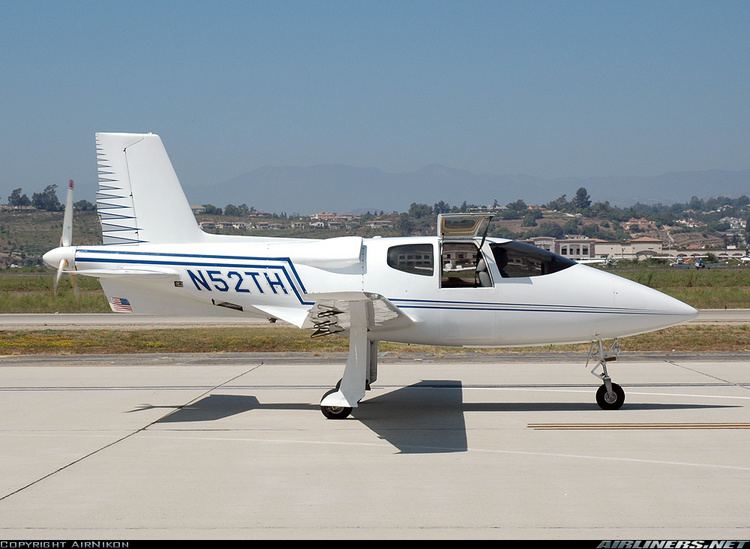 | ||
Role Amateur-built airplane National origin United States Manufacturer Cirrus Design Designer Alan and Dale Klapmeier, Jeff Viken First flight 11 February 1988 Introduction 1987 Produced 1988–1993 Number built about 13 Similar Beechcraft Starship, Bede BD 5, Rutan VariEze | ||
Tom hastings cirrus vk 30 flying over san fernando valley from van nuys
The Cirrus VK-30 is a single-engine pusher-propeller homebuilt aircraft originally sold as a kit by Cirrus Design (now called Cirrus Aircraft), and was the company's first model.
Contents
- Tom hastings cirrus vk 30 flying over san fernando valley from van nuys
- Design and development
- Operational history
- Accidents
- Aircraft on display
- Specifications VK 30
- References
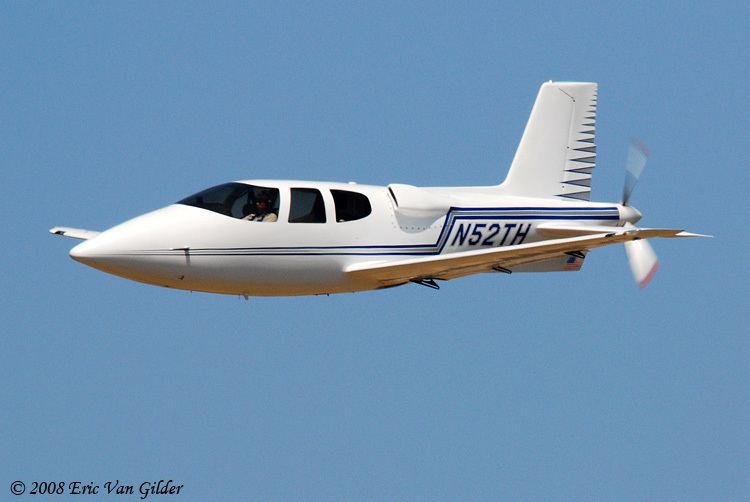
As a kit aircraft the VK-30 is a relatively obscure design with few completed aircraft flying. Its most important legacy is that the work done on developing and marketing the aircraft convinced the designers that the best way to proceed in the future was with a more conventional layout and with a certified production aircraft. Thus the lessons of the VK-30 were directly responsible for the design of the Cirrus SR20 and SR22, which have been the best-selling four-to-five-seat fixed wing aircraft in the world for the last fourteen consecutive years.
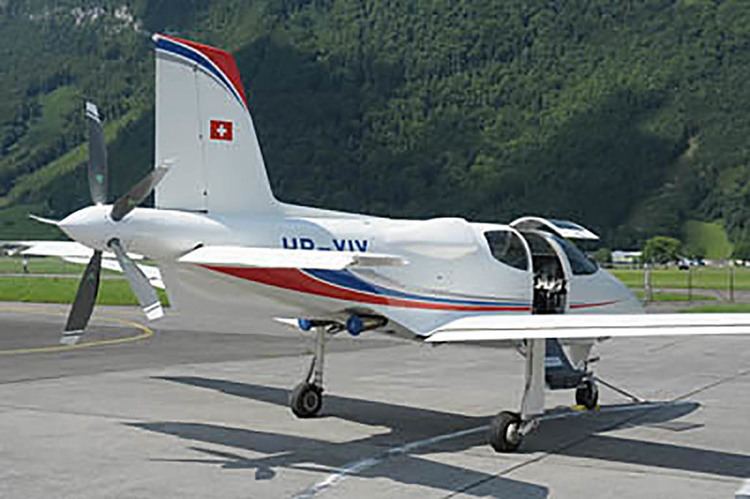
Design and development

The VK-30 design was conceived in the early 1980s as a kit plane project by three college students, Jeff Viken and Alan Klapmeier from Wisconsin’s Ripon College, and Alan's brother, Dale Klapmeier, who was attending the University of Wisconsin at Stevens Point. Jeff Viken's wife, Sally, designed the VK-30’s flap system. Together, in the Klapmeiers' parents' barn in rural Sauk County, Wisconsin, they formed Cirrus Design as the company to produce the VK-30 (VK standing for Viken-Klapmeier).
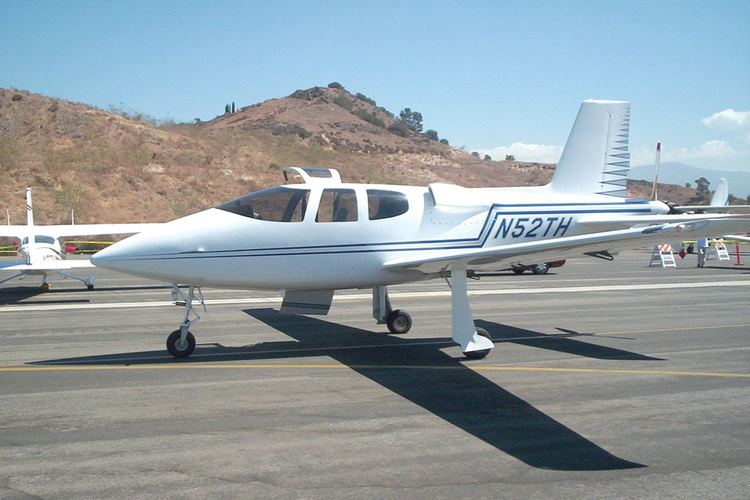
The aircraft has an all-composite construction, and was designed to achieve natural laminar flow over the fuselage as well as the wing and tail surfaces to provide a very low-drag design—using a NASA NLF(1)-0414F airfoil. The prototype incorporated some parts from production aircraft, including the nose gear from a Piper Cherokee and the main landing gear from a Lake LA-4. The VK-30 was designed to be a five-seat aircraft from the start, which made it considerably larger than most other amateur-built aircraft of its day. It incorporated a mid-engine design, driving a three-bladed pusher propeller behind the tail through an extension shaft. The powerplant was a Continental IO-550-G developing 300 hp (224 kW).
The VK-30 first flew on 11 February 1988 and kit deliveries commenced shortly thereafter.
Cirrus discontinued production of the VK-30 towards the end of 1993.
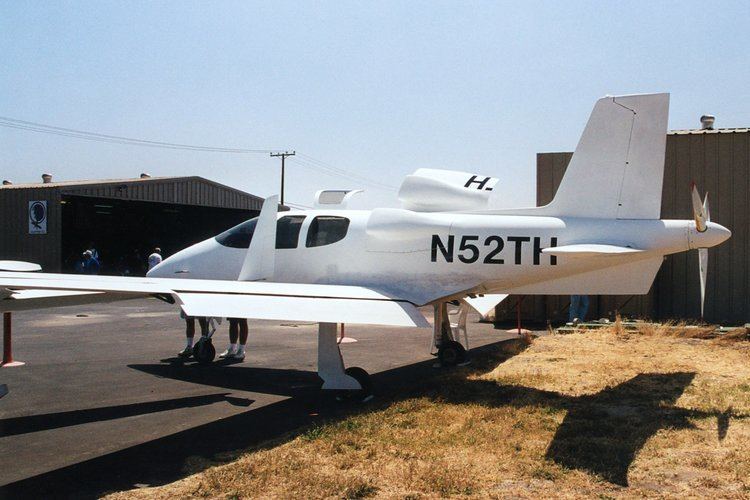
In 1996 the company announced plans to develop a stronger replacement wing for about 28 VK30s supplied to past customers.
Operational history

Cirrus delivered 40 kits, and built four additional factory prototypes. The company estimated that there were 13 customer VK-30s completed and as of February 2016 six were still registered with the Federal Aviation Administration in the USA.
Accidents
On 22 March 1996, retired astronaut Robert F. Overmyer died at age 59 in the crash of an Allison turbine-powered VK-30. He was testing the aircraft for stall recovery characteristics at aft center of gravity limits.
Aircraft on display
Specifications (VK-30)
Source: EAA AirVenture Museum
General characteristics
Performance
